History
Sha’ar HaMenuchot
In 1948, the Arab siege of Jerusalem cut off access to the Mount of Olives, and this remained the status quo after the 1949 Armistice Agreements.
In 1948 several temporary cemeteries opened to handle wartime deaths in Jerusalem, including the Sanhedria cemetery, Sheikh Badr Cemetery, and the Shaare Zedek Cemetery (on the grounds of the old Shaare Zedek Hospital on Jaffa Road). After the establishment of the state, however, these were deemed inadequate for the needs of a growing city.
.svg)
In late summer 1948, developers identified a 300 dunams hilltop located between Givat Shaul and Motza and overlooking Highway 1. It was outside the boundaries of Jerusalem at that time, yet accessible to the city, and it had soft rock for grave-digging.
They calculated that each dunam would accommodate 200 graves and estimated a need for 1,000 graves per year. At the time, the city of Jerusalem had 150,000 Jewish residents with a mortality rate of 1,000 annually; at that rate, the new cemetery was expected to suffice for the next 40 years.

The developers received permission to build the cemetery a month later, but disagreements between the various burial societies delayed the first burial until the fall of 1951. With the opening of the new cemetery, civilian graves were transferred here from the temporary cemeteries at Sheikh Badr and the old Shaare Zedek Hospital.
.svg)
By 2008 the cemetery spanned 580 dunams (0.58 km2; 0.22 sq mi) in which more than 150,000 people are interred. Lorem ipsum dolor Shaar is a shrine of history and culture for Jersusalem sit amet.
.png)


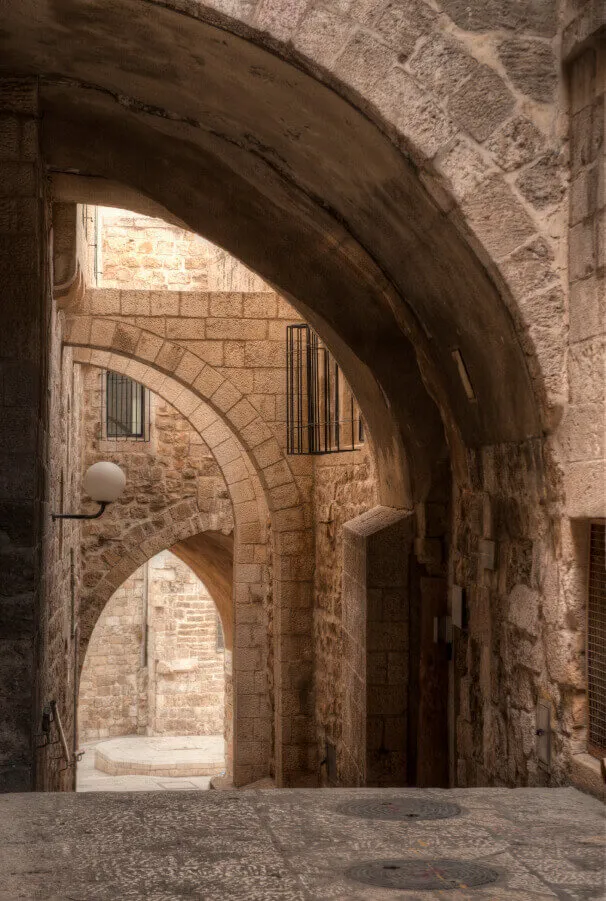
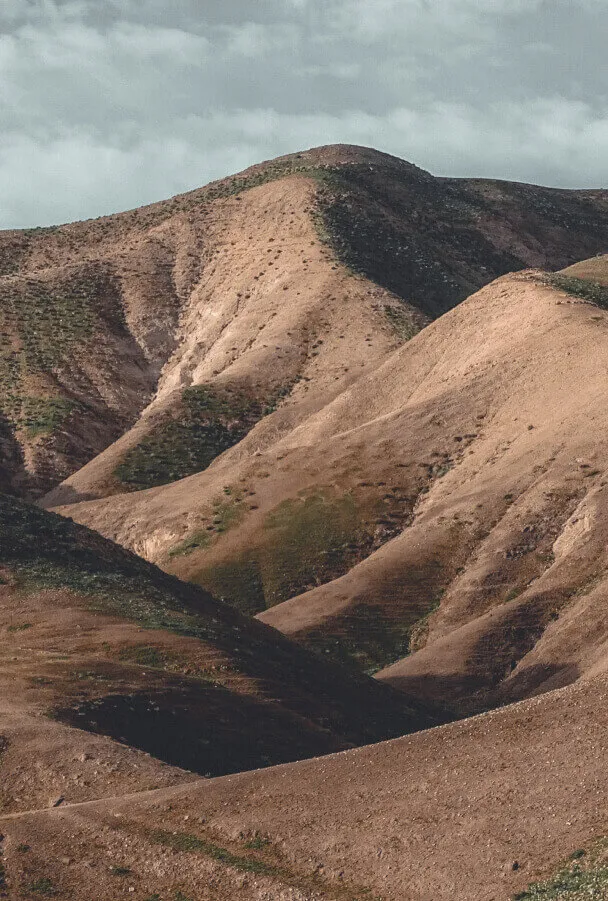
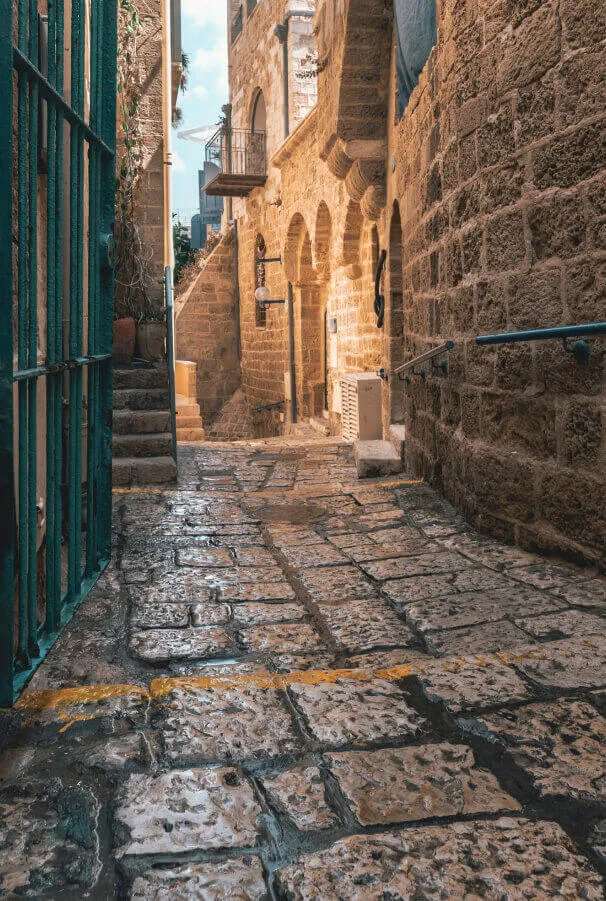
%20(1).webp)

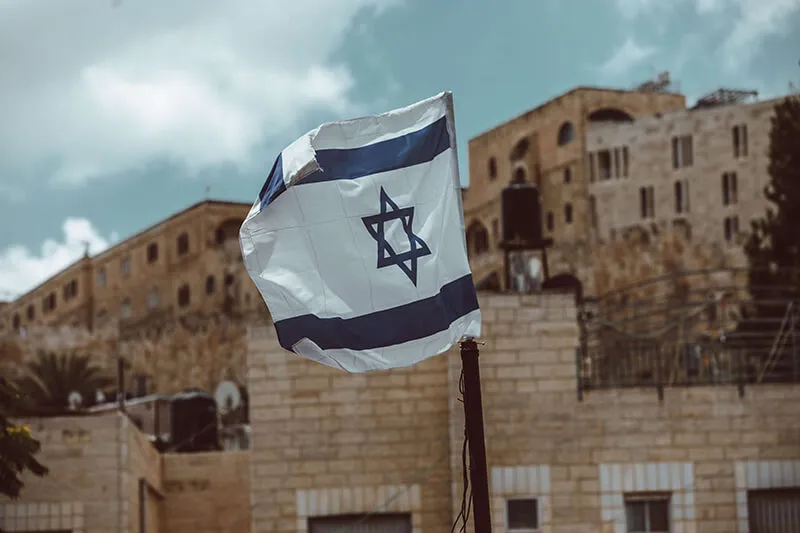
.webp)
%20(1).jpg)
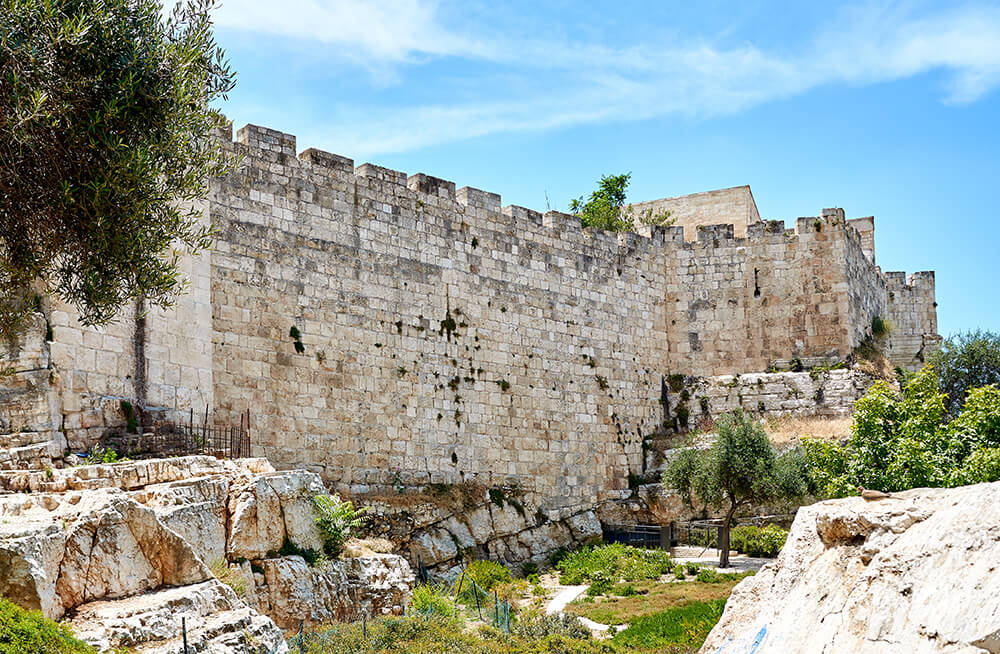

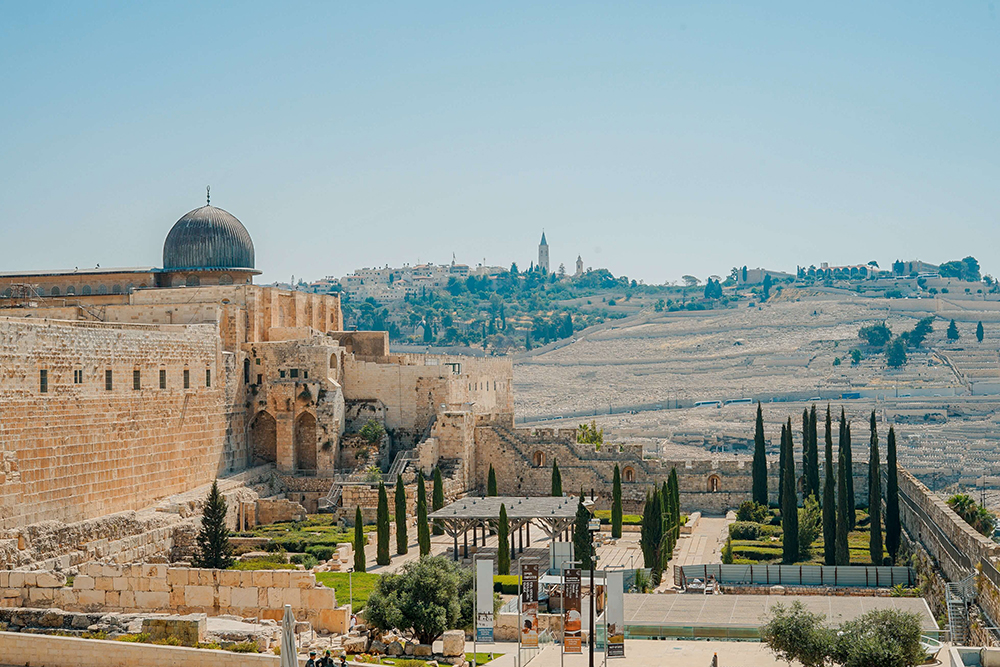


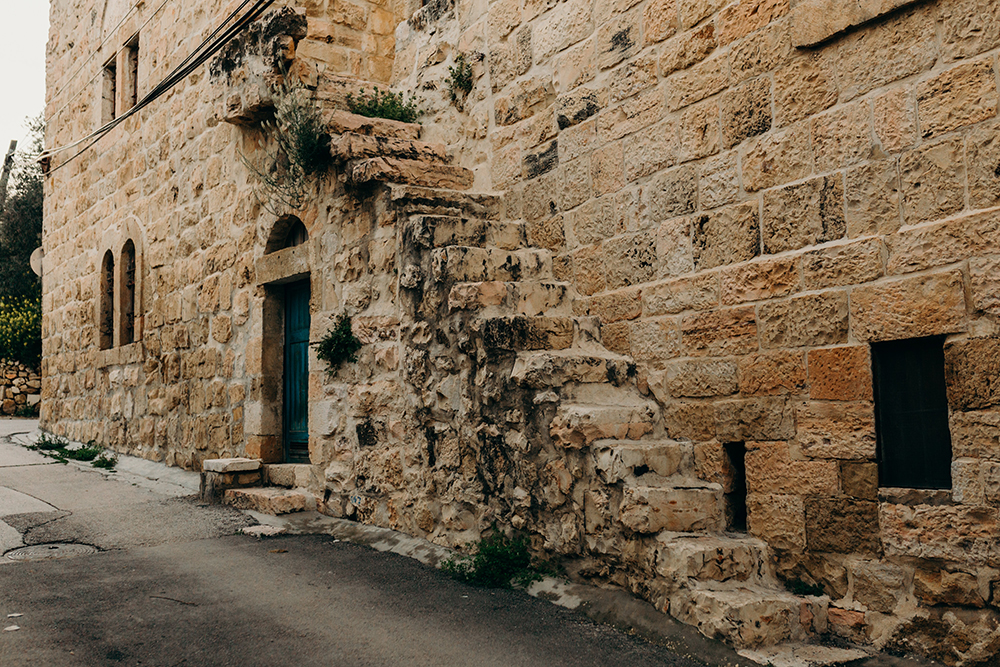
.jpg)
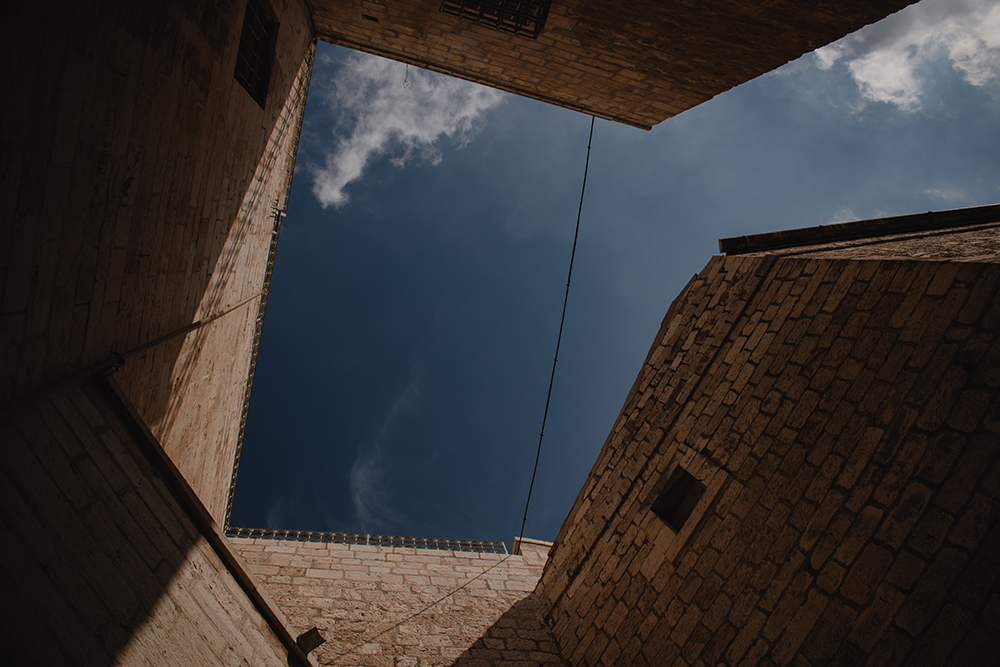
.jpg)


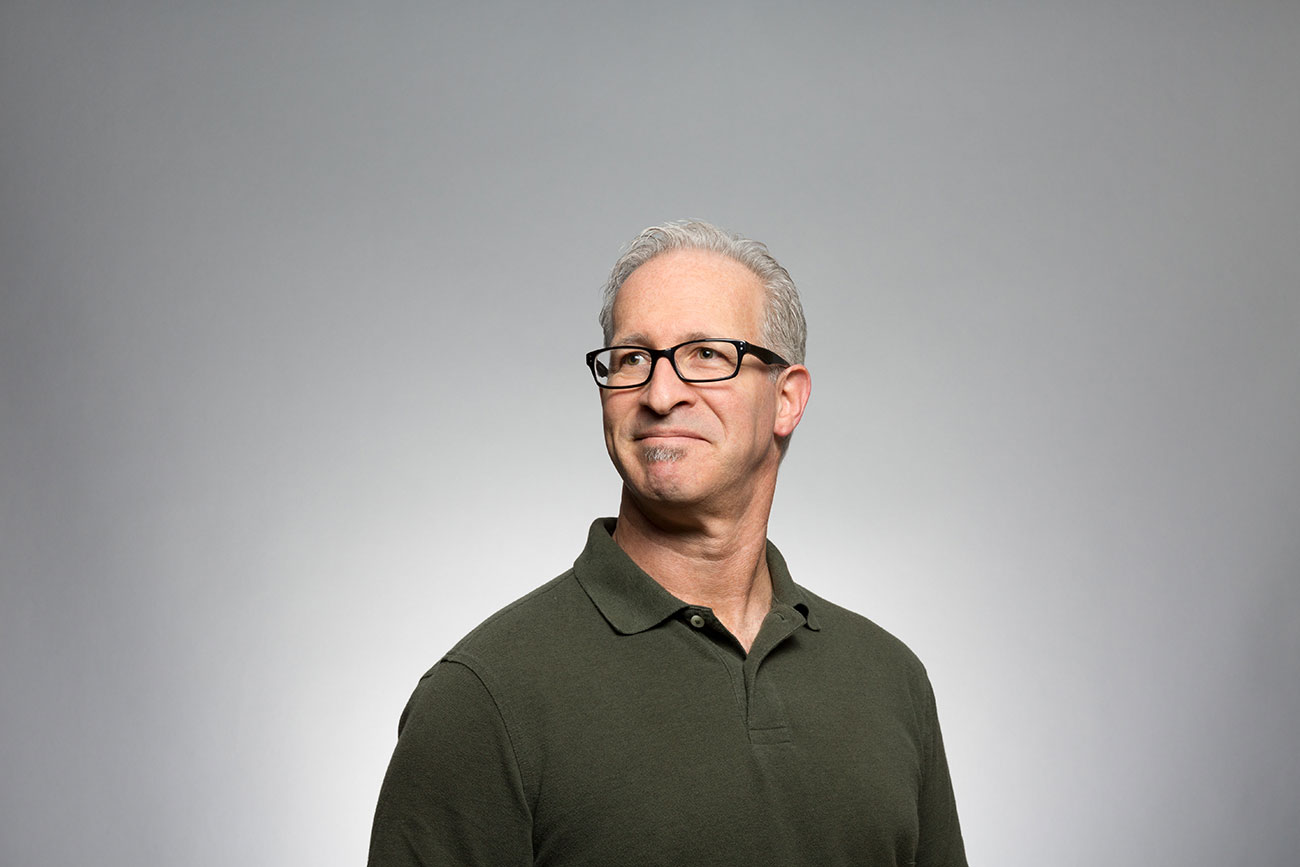



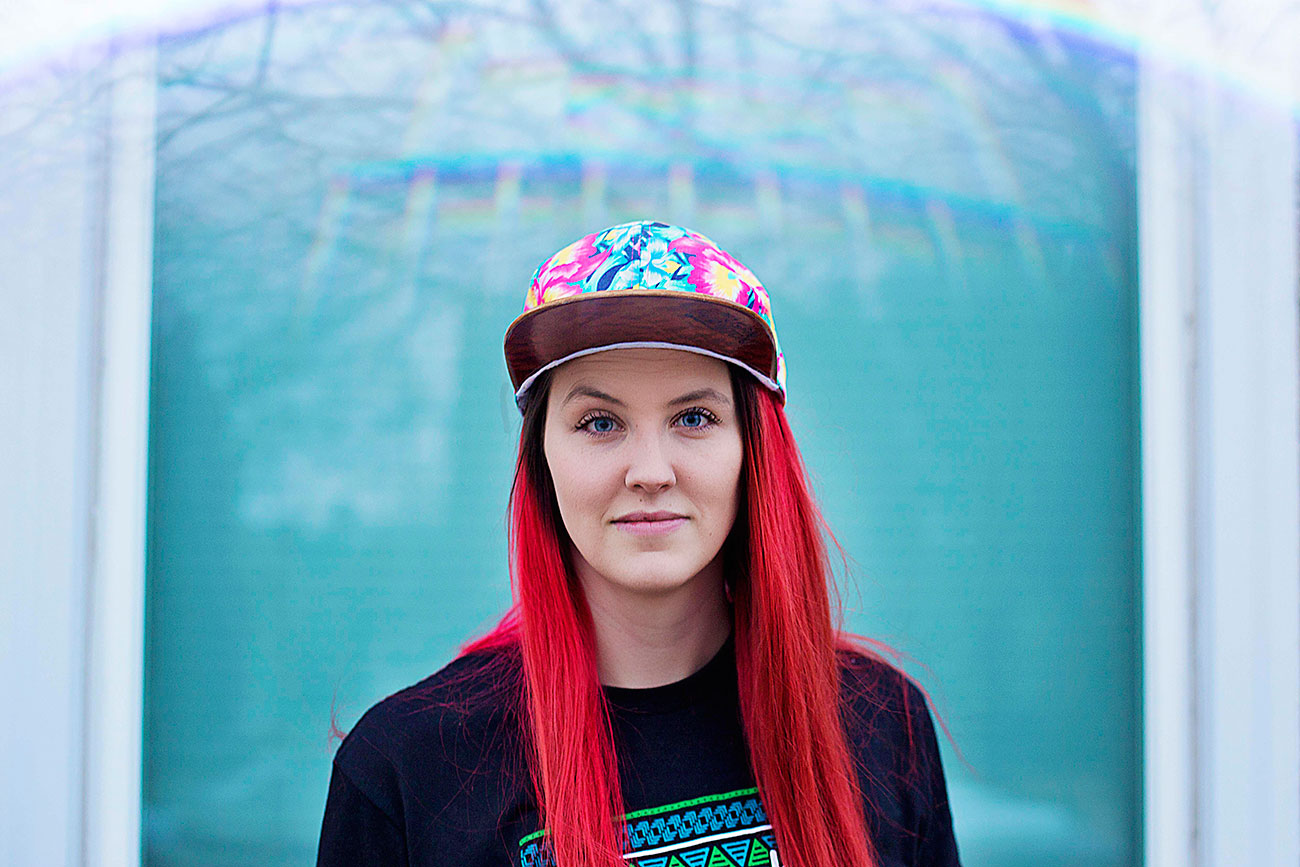

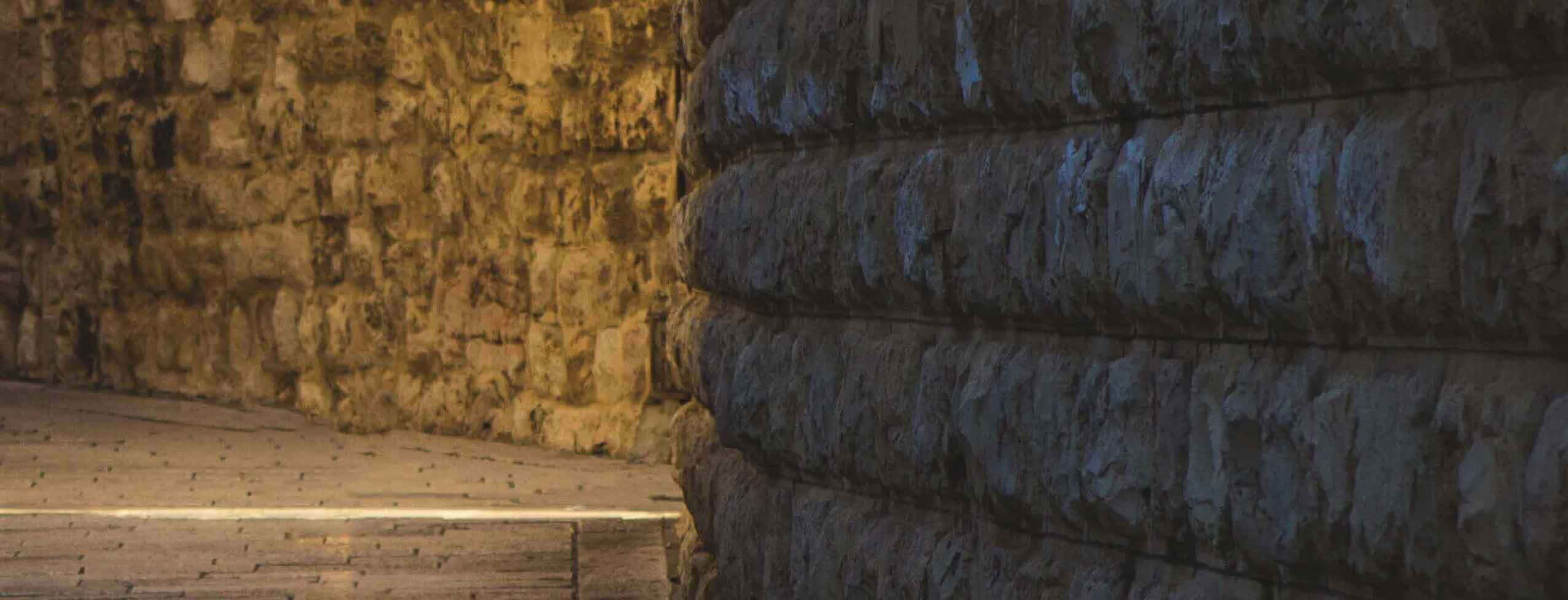
.png)
%20(1).png)
